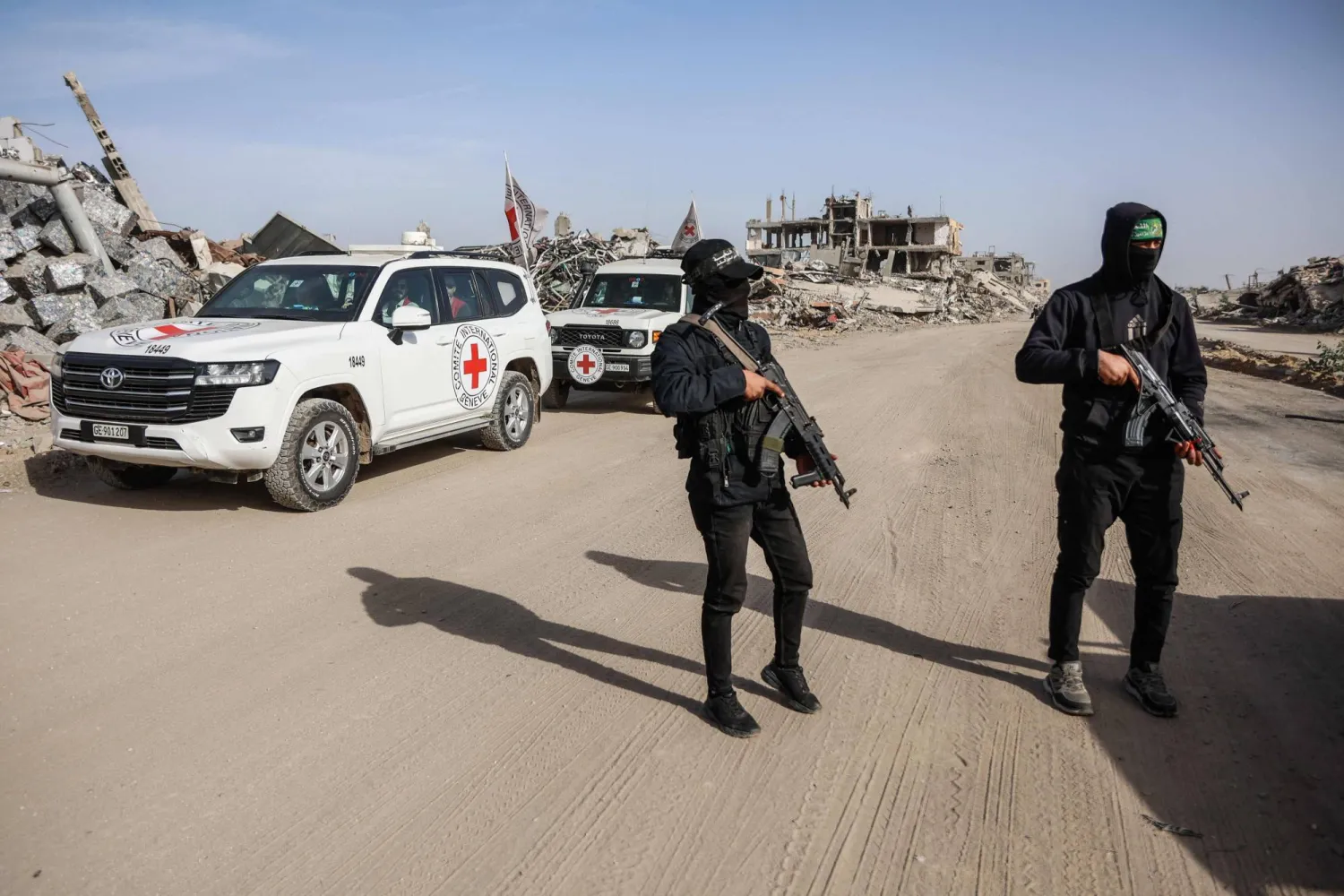A mere comparison of prices of some basic food commodities in Lebanon shows that Iftar banquets this Ramadan will miss items that were taken for granted last year.
The price of a kilo of rice, which did not exceed LBP 3,000 (two dollars based on the official exchange rate of LBP 1,515 per dollar) now exceeds LBP 8,000, while a kilo of lentils - which is called food for the poor - reached LBP 15,000. The price of 5 liters of cooking oil was around LBP 18,000 to increase by 7 times, reaching LBP 90,000, as merchants applied the black market exchange rate of LBP 13,000 per dollar.
An index published on Monday by the American University Crisis Observatory showed that the cost of an Iftar consisting of essential ingredients (a date seed, lentil soup, fattoush salad, and half a cup of milk) and a basic meal per person would cost LBP 12,050 (USD 8) or LBP 60,250 (USD 40) daily for a family of five persons.
This means that the cost of Iftar is more than two and a half times (2.6) of the minimum wage per month, bearing in mind that the calculated price does not include water, juices, sweets, gas, electricity and cleaning materials.
The Observatory noted that 42.5 percent of families in Lebanon, whose income does not exceed LBP 1,2 million per month (now equivalent to about USD 100) would find it difficult to afford the minimum Ramadan meal.
In comparison with previous years, the basic Iftar cost index, according to the Observatory, showed an increase from about LBP 450,000 per month in 2018 to LBP 467,000 in 2019 and then to about LBP 600,000 in 2020, to jump upward this year.
“We will rely on inexpensive and satiating foods, such as pasta, for example,” says a lady waiting her turn at the door of a supermarket.
She told Asharq Al-Awsat that the budget that she allocated every year for Ramadan was the same, but it was now barely enough for rice, sugar, oil and some cereals.
The Ministry of Economy had intensified its inspection visits to supermarkets ahead of Ramadan, recording a large number of violations. A source in the ministry told Asharq Al-Awsat that the ministry was monitoring prices regularly, but it was difficult to check 22,000 points of sale with only 77 inspectors.
A survey conducted by Information International on a sample of 100 families showed that 45 percent of respondents did not prepare Easter sweets last week, while another 35 percent made the traditional “maamoul” at a lower cost, replacing pistachios and walnuts with dates and sugar.









